Cases
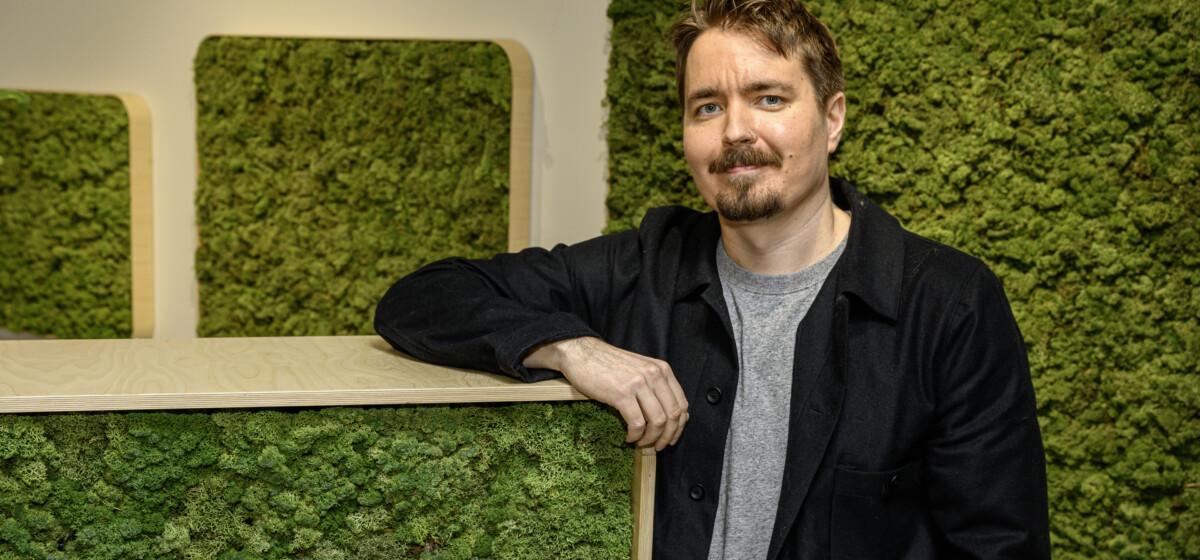
Citizens' city
Urban greenery helps adapt to the climate crisis
Published:
A project called Pilot Green is seeking new ideas for innovative green infrastructure solutions and testing working in broad collaboration with businesses, cities and residents.
The companies involved are supported by the City of Helsinki’s innovation company Forum Virium, Metropolia University of Applied Sciences and LAB University of Applied Sciences in Lahti.
One of the participating companies is InnoGreen, currently experimenting with the greening of tram stops. The tram stops are located along the brand-new tram route from Kalasatama to Pasila in Helsinki. Outdoor advertising company JCDecaux Finland, consulting company WSP Finland and Helsinki metropolitan area transportation company Pääkaupunkiseudun Kaupunkiliikenne Oy are also involved.
– The tram stops along the route will have green roofs, but our pilot stops will also have green screens, tells InnoGreen’s Managing Director Mikko Sonninen.
The aim is to make use of local plant species and aim for a natural environment.

InnoGreen is particularly known for its green walls, which it has implemented in both public and corporate spaces. Finland’s seasonal changes and frosty winter weather are, however, a whole different case, and the plants’ ability to withstand seasonal changes will be tested at tram stops.
– Multivariate vegetation is possible in our climate too, as long as the species are the right ones. The challenge is to find the right combination of abundance and diversity in the growing season and evergreen species that retain their shape in winter.
InnoGreen has been involved in joint business and public sector pilot projects also in the past. Sonninen sees them as a good way of testing, gathering experience and further developing their activities.
InnoGreen is also developing stormwater solutions and noise reduction through green structures.
– As the city becomes denser, new solutions are needed to bring nature closer to people.
Easy-to-install solutions
The pilot experiments of the Pilot Green project were decided early this year. Mirka Råberg, project planner at Forum Virium Helsinki, says that the pilots that are now starting will focus on modular solutions, i.e. those that are easy to install and move.
– The green solutions of the tram stops are a great example of how dense urban spaces can be made more welcoming through new vegetation solutions. This is likely to delight many city residents.
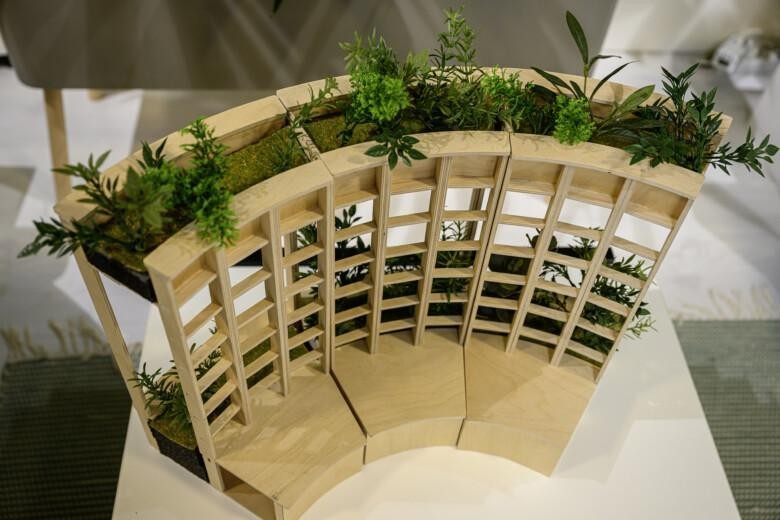
The second experiment will test how circular materials can be used, for example in lawn paving or other permeable surfaces.
– We will see how the materials can be used for landscaping, stormwater absorption and what kind of vegetation can thrive with them.
Råberg says that natural stormwater management is of interest in urban development as part of climate change adaptation. The aim is also to experiment with what a temporary park could look like and how soil can be made a more visible part of the urban environment.
Laboratory work for students
Project manager Jaakko Lehtonen from Metropolia University of Applied Sciences says that the Pilot Green project aims to match supply and demand. At the beginning of the project, a wide range of companies were approached, from landscape design agencies to green building contractors.
The Metropolia staff involved in the project includes business lecturers, among others. They will spar with companies in areas such as product development, experimentation and implementation. Together with Forum Virium Helsinki they have been mapping the public sector and green building developers with the aim to grow the green infrastructure solutions.
– We have attracted new and old players to green infrastructure development, says Lehtonen.
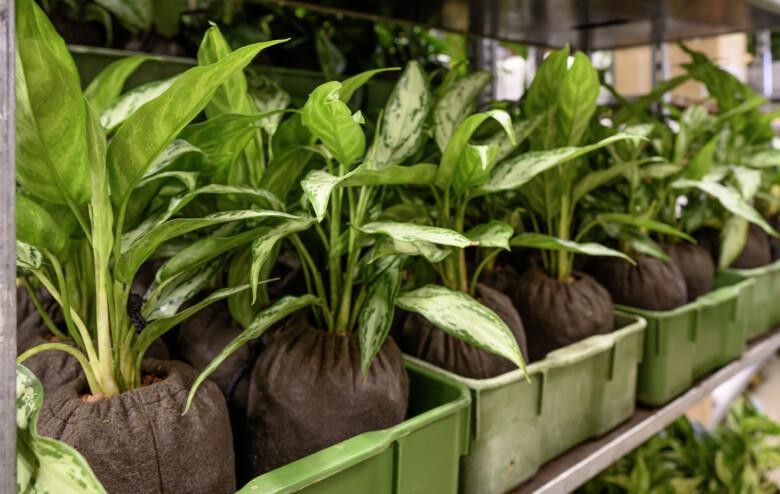
Once the project’s pilots get under way, Metropolia students will also start working on the pilots. During the project courses, they will study, among other things, the impact of the experiments on microclimate and stormwater management. The students will have access to the school’s living lab and laboratory facilities. They will also collect data from the experiments.
Opportunities for business growth
Råberg tells that the key to the project is developing solutions together. The companies do not compete with each other, but exchange ideas, brainstorm and advise each other.
– It’s great that we can get down to concrete work through networking, says Råberg.
When concrete results and solutions emerge from the experiments, they will be presented at events at home and also abroad. This creates opportunities for companies to grow their business.
Pilot Green is funded by the European Regional Development Fund.







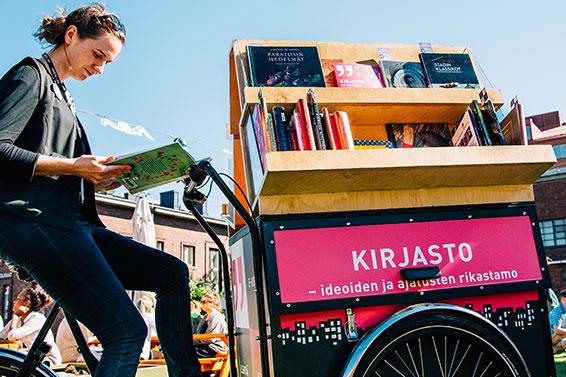
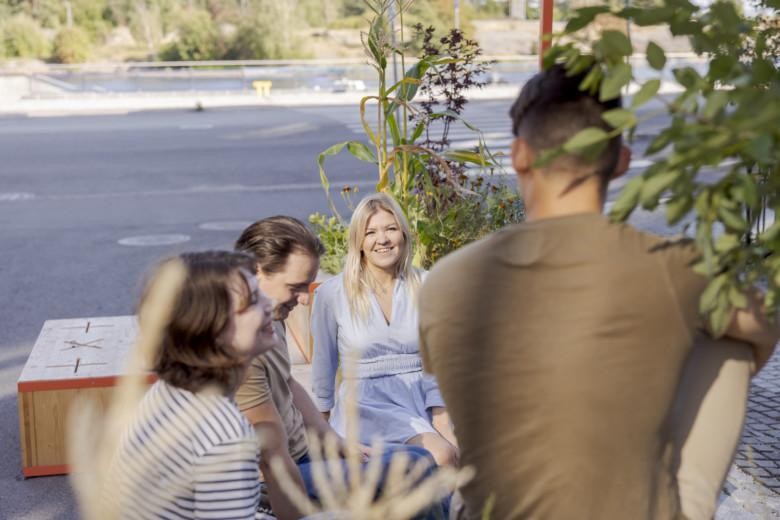
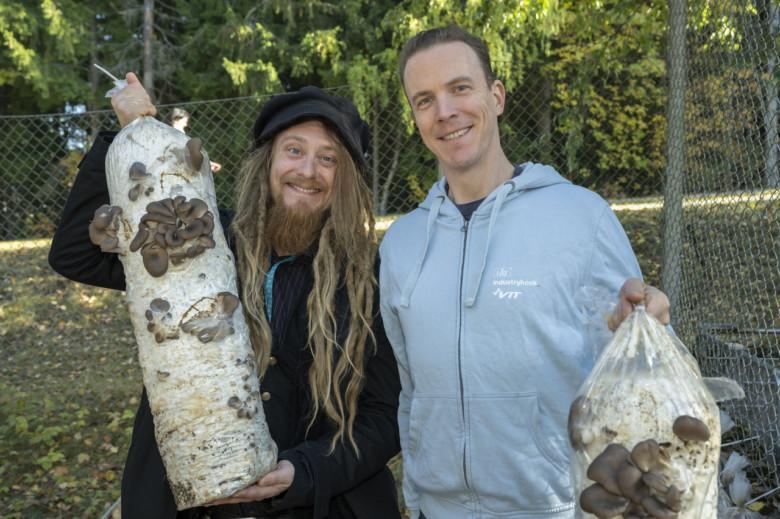
 Return to listing
Return to listing